Issue #15

Expo and Meta have teamed up to bring precompiled React Native to iOS. Android has been doing this trick for years, bundling large chunks of the framework ahead of time; now iOS finally gets the same shortcut. Debuting in React Native 0.81, this ships much of React Native as prebuilt XCFrameworks (binary packages created by Xcode that contain the frameworks and libraries needed to build for multiple platforms), cutting initial iOS build times by up to 10×.
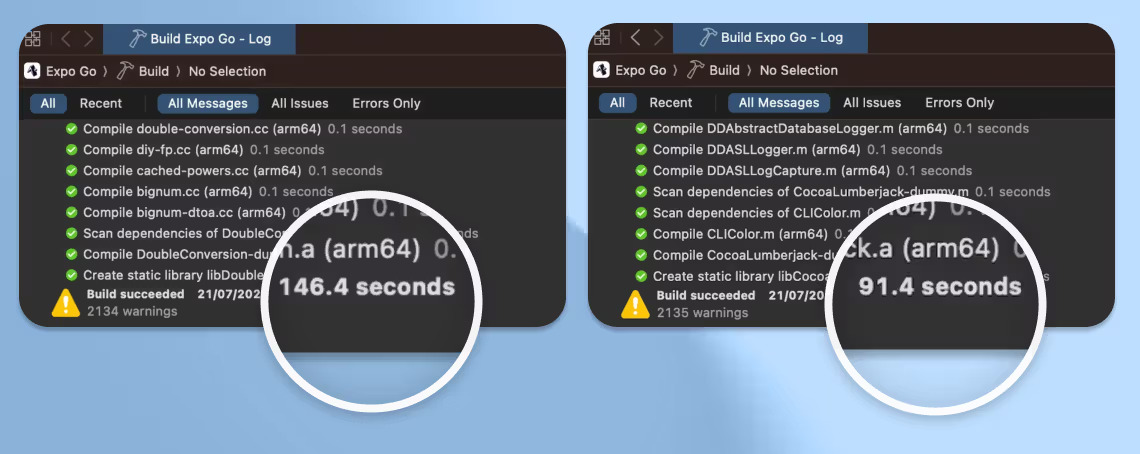
Instead of handing Xcode a pile of source files to chew through on every build, React Native 0.81 ships two precompiled binary bundles: one for its third-party dependencies (Folly, GLog, etc.) and one for React Naitve itself. Built as XCFrameworks by Expo and Meta’s CI, they cover every iOS target — devices, simulators, Mac Catalyst, tvOS, visionOS — and are fetched from a Maven repo (a package registry for compiled binaries) when you install React Native. Xcode just links them, skipping the rebuild.
It’s opt-in for now, so you can trial it without wrecking your current build setup. Pure JavaScript/TypeScript (minimal native code) apps will see the biggest wins, but even native-heavy projects should feel the difference. To enable it today in RN 0.81 RC:

In parallel, there’s another change brewing that hasn’t hit the mainstream radar yet: React Native is starting to move away from CocoaPods (i.e. no more pod install) and towards Swift Package Manager for iOS dependencies. It’s early days, but the direction is obvious—shed the Ruby toolchain, stop babysitting Podfiles, and let Xcode handle dependency integration the way Apple actually intended. But, hold the doomsday prepping, the full transition will likely be a gradual, multi-year process rather than an overnight upgrade.
👉 Precompiled React Native for iOS
No, Rozenite isn’t the quartz crystal you place under your pillow to manifest wealth, love, or a faster Metro reload. It’s a plugin framework by @callstackio that lets you add custom, first‑class panels inside React Native DevTools.
Instead of bouncing between Flipper tabs, terminal logs, and dashboards, you can drop in a data inspector, a bundle analyser, or your team’s oddly specific “is this cache lying to me?” widget directly into the DevTools window. It’s TypeScript-friendly, ships a CLI to scaffold plugins, and talks to your app over a tidy bridge so panels can exchange typed events with runtime code. In other words: your debugging workflow, consolidated.
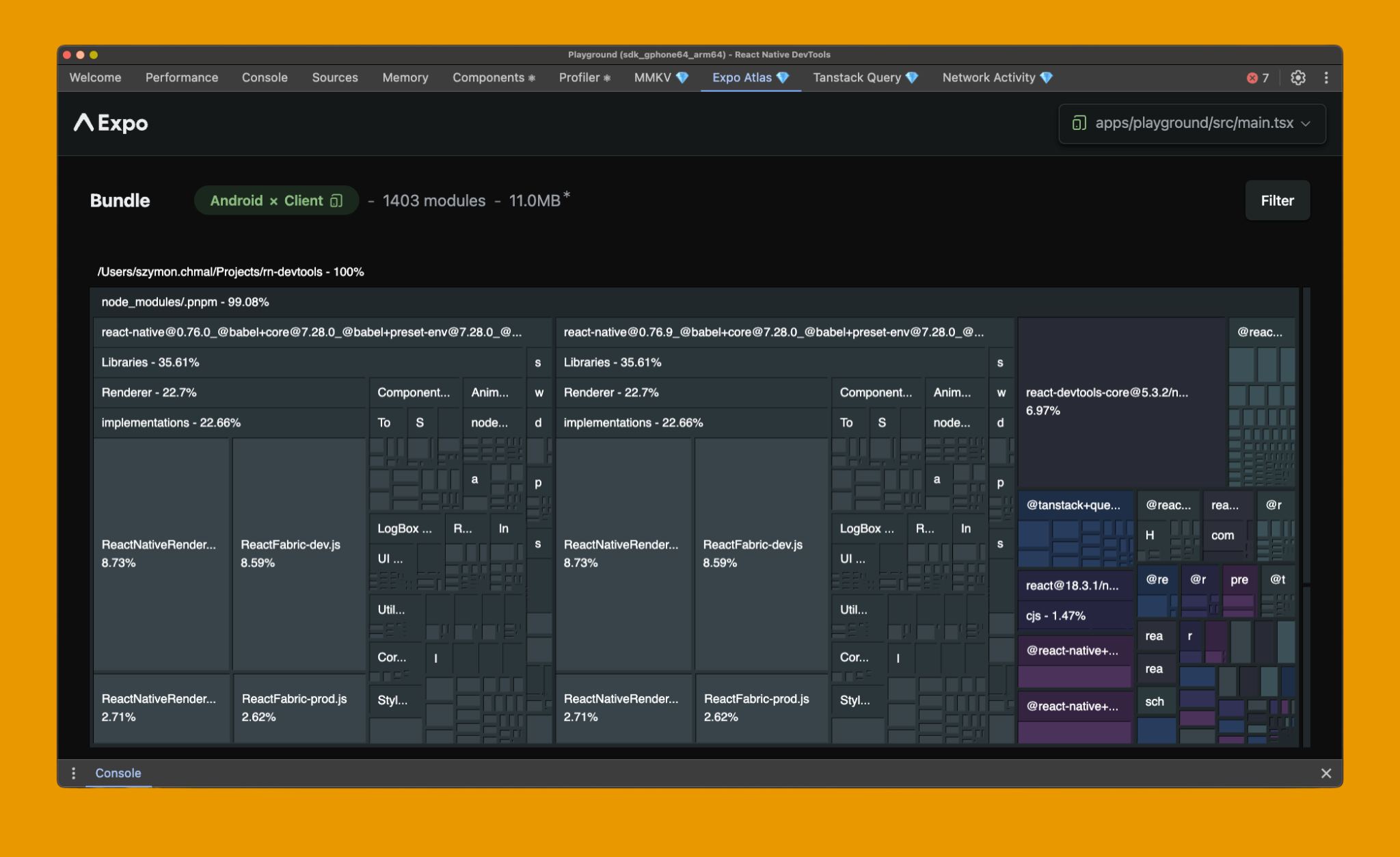
Out of the gate there are official plugins for Expo Atlas (bundle analysis), TanStack Query, Network Activity, and Redux DevTools, plus auto‑discovery so installed plugins show up in DevTools without manual wiring. It works with Metro and Re.Pack (a Webpack-based bundler for React Native from Callstack).
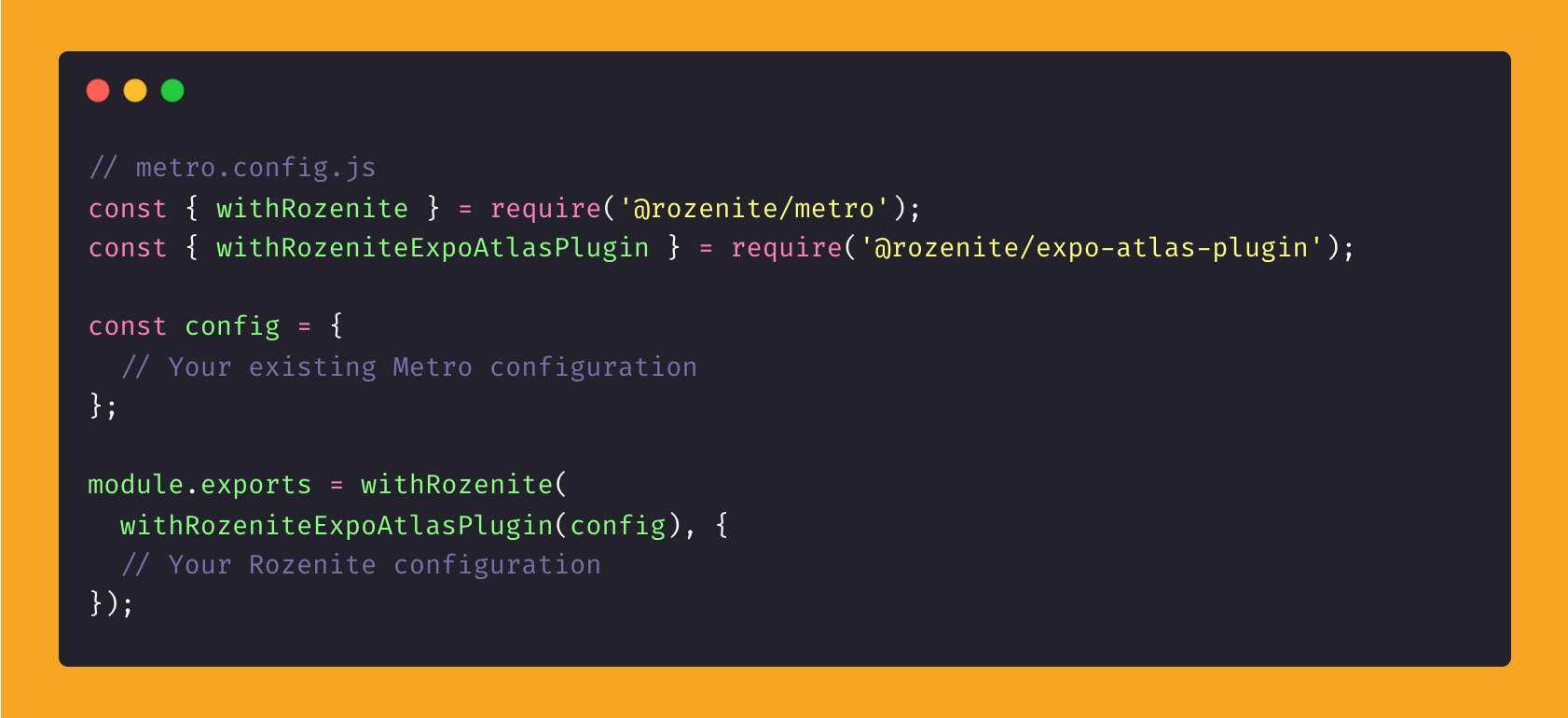
The roadmap teases a plugin marketplace and native SDK hooks for Android/iOS so you can emit/handle events straight from Swift/Kotlin when JS isn’t close enough to the metal.
👉 Introducing Rozenite: A Plugin Framework for React Native DevTools

FlashList v2 is out of beta. Shopify’s list renderer for React Native has been gutted and re-engineered to do what FlatList still can’t: keep scrolling smooth without leaning on guesswork and native band-aids. The big wins are less CPU churn, no more item-size estimates, and layouts that correct themselves before the frame even paints. On paper that means faster lists. In your hand it means you can flick through a feed on a mid-range Android without feeling like you’ve just asked it to render Avatar in real-time.
The real star of FlashList v2 isn’t visible at all — it’s the new layout calculation engine. By measuring items synchronously and correcting positions before the frame paints, it eliminates the guesswork and native hacks v1 needed to avoid gaps, overlaps, and jumpy scroll behaviour. You no longer have to provide estimatedItemSize or fudge per-type estimates; the list simply measures, predicts, and corrects until it’s pixel-perfect.
But yes, there’s also something flashy for your eyes: masonry is now just a prop.
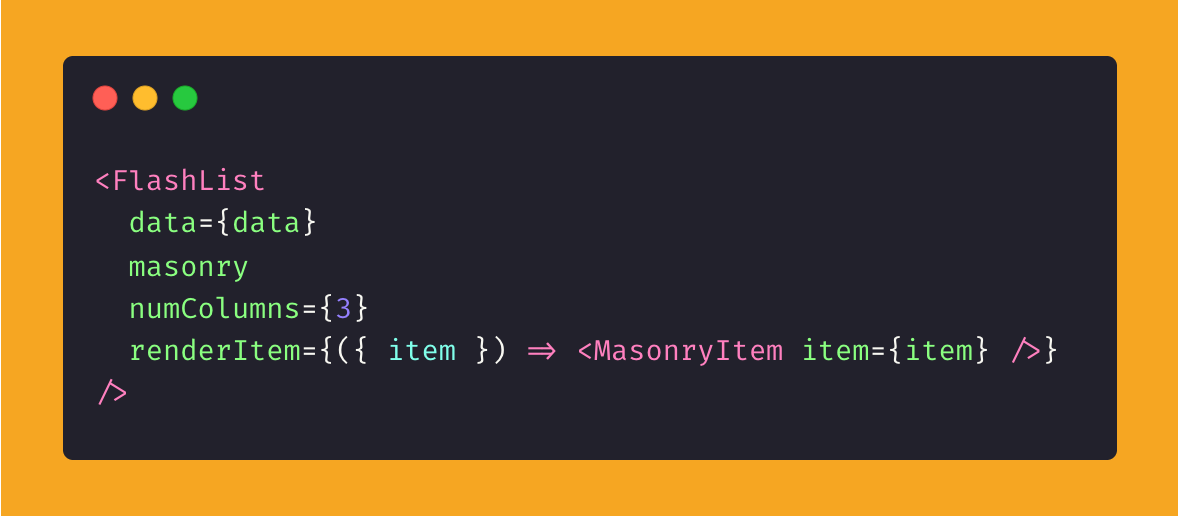
You can drop in Pinterest-style grids with mixed item heights, and if you enable optimizeItemArrangement the list will automatically balance column heights for you.
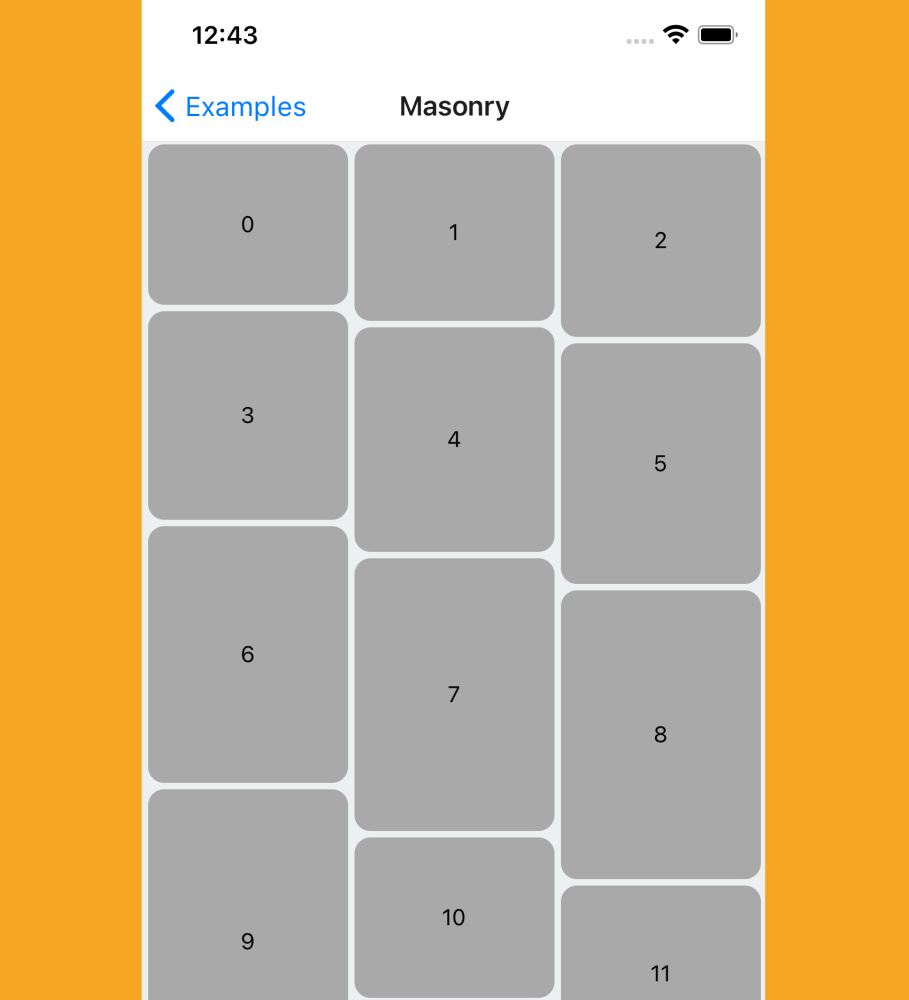
FlashList v2 isn’t just faster on mobile — it’s also far more at home in the browser. Because its measurement and layout corrections now run entirely in JavaScript instead of native modules, the same features work across iOS, Android, and web without awkward fallbacks. That makes v2 a genuinely cross-platform list solution at a time when React Native is leaning harder into multi-platform.
👉 FlashList v2 on Shopify Engineering
Callstack has been busy poking around iOS 26’s new SpeechAnalyzer framework and—no surprise—they’ve brought on-device speech transcription to React Native. No server calls, no cloud bills, and no sending your users’ awkward shower-thought voice memos halfway around the world. Being a native Apple API, it’s Swift-first, async-friendly, and runs entirely on-device — so your users’ audio never leaves their phone.
It also dodges the usual model-file headache. SpeechAnalyzer needs language-specific assets on the device, but the integration grabs them for you the first time you transcribe. If you’d rather be proactive, you can prefetch them so transcription starts instantly — for example:

Because these models live in a system-wide catalog instead of your app bundle, they add exactly zero bytes to your app size.
Callstack’s integration is almost suspiciously simple thanks to @react-native-ai/apple, which we covered previously in #14 regarding its on-device LLM support. Pick your language, feed it audio, and get back text, segments, and duration. In benchmarks, Apple’s model chews through a 34-minute file 2.2× faster than Whisper Large V3 Turbo (OpenAI’s popular but relatively heavy speech-to-text model), which is the computational equivalent of dunking on a toddler.
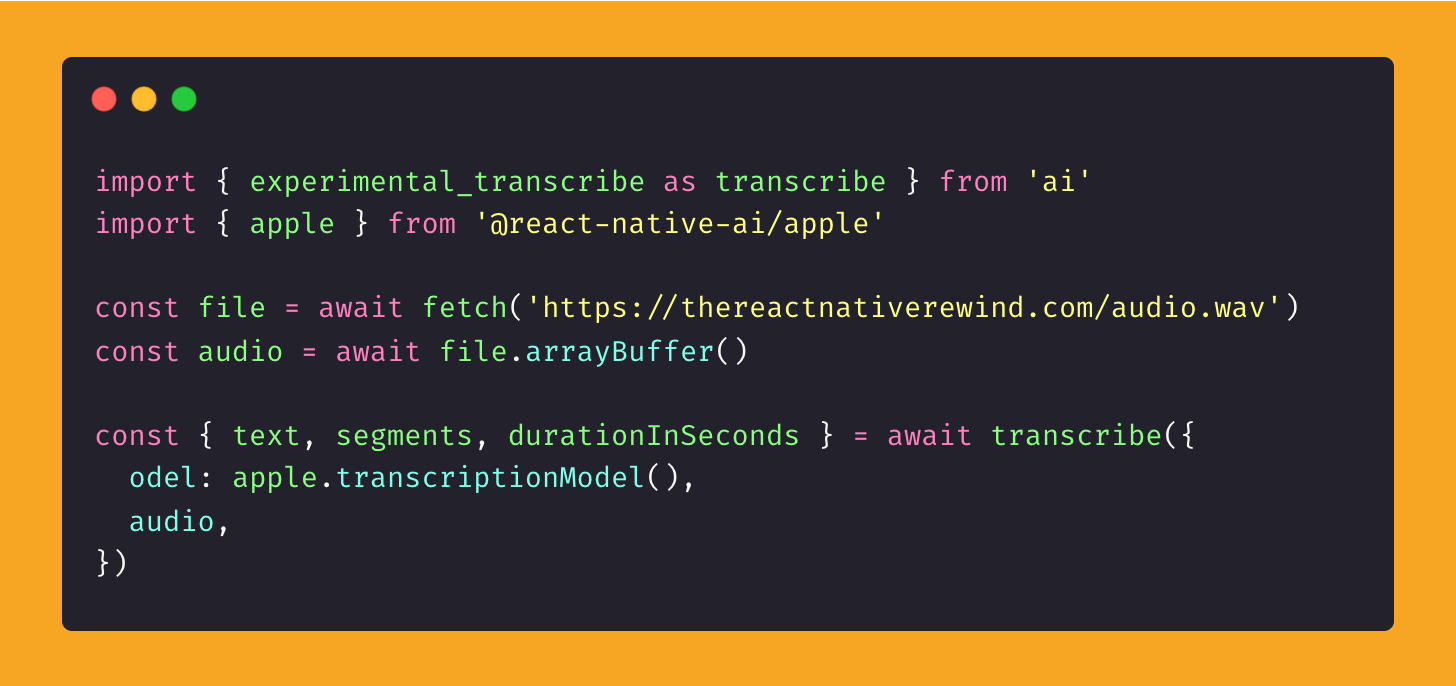
This feature is still labeled “experimental,” so it could change, but with privacy, speed, and zero bundle weight, it’s transcription without the weight — on your bundle or your conscience.
👉 On-Device Speech Transcription with Apple SpeechAnalyzer

If your UI feels a little… flat, expo-liquid-glass-view by @rit3zh might be the architectural facelift it’s been waiting for. Built on SwiftUI and wrapped neatly in expo-modules-core, it pipes Apple’s new Liquid Glass effect (from iOS 26) straight into your React Native app. Think: blur, tint, depth, and soft edges that look like they’ve been plucked from an Apple keynote slide—without you needing to touch Xcode.
Setup is refreshingly minimal: install, prebuild, and wrap your component:
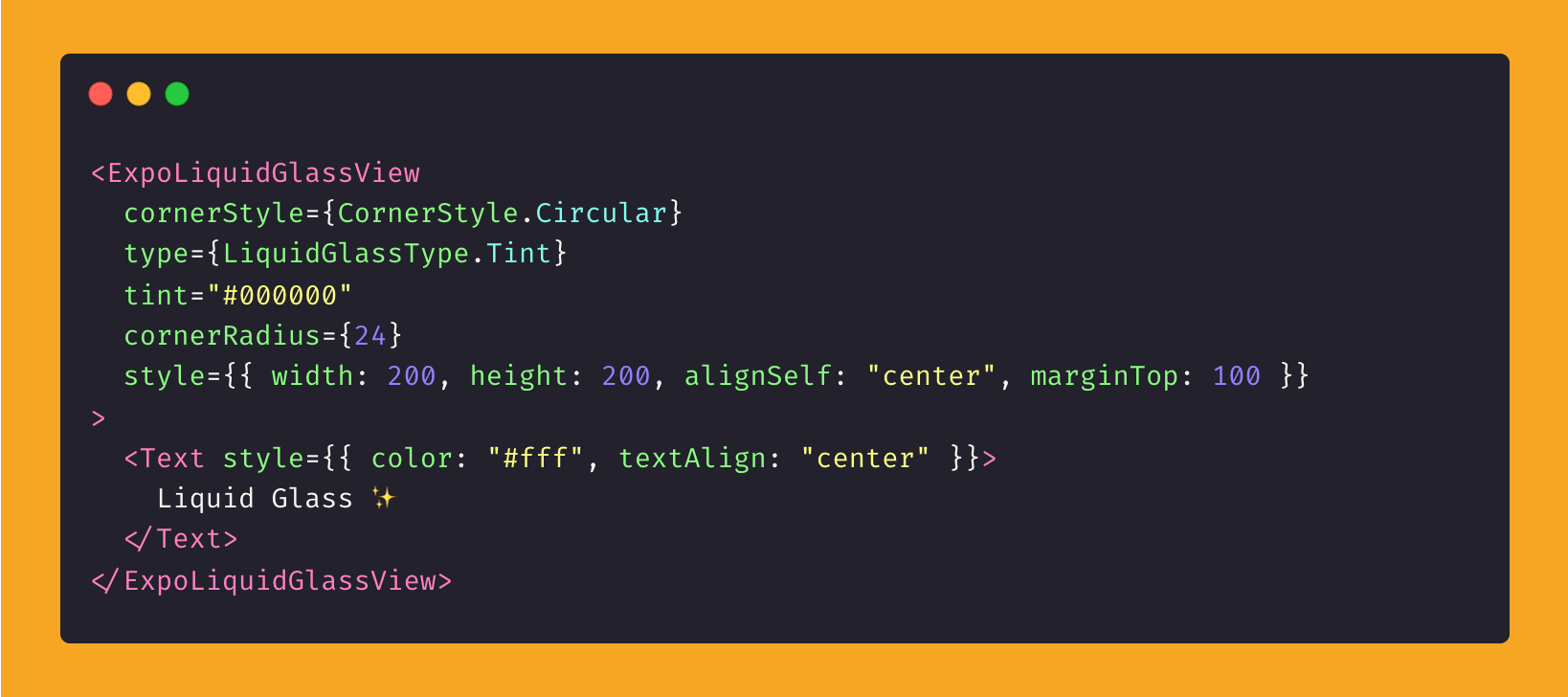
Choose your glass type, tint, and corner style. Go Tint, Regular, Interactive, or Identity to set the mood, then decide whether your corners are continuous or perfectly circular — just enough to keep the Apple gods appeased.

Naturally, it’s iOS-only, so make sure your Android fallback isn’t an eyesore. And while it’s pure eye-candy, the low contrast means you’ll want to sanity-check accessibility. Used sparingly — think cards, modals, or anywhere that subtle “premium” shimmer belongs — it’s an easy win.
